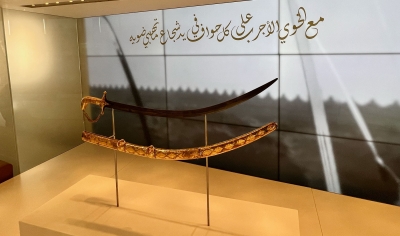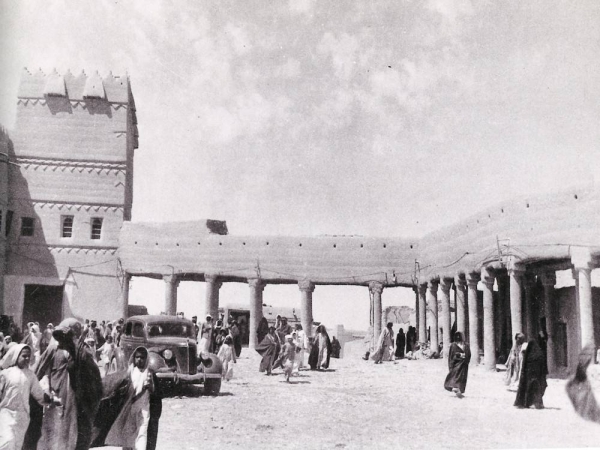
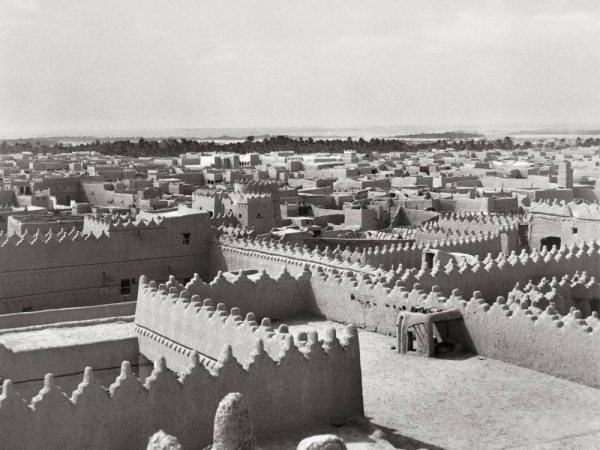
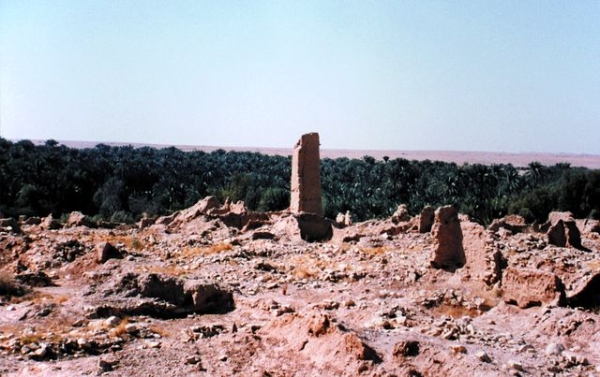
The Second Saudi State was founded by Imam Turki Bin Abdullah in 1824, with Riyadh as its capital. It managed to sustain rule for sixty-nine years, from 1824 to 1891. Four ruling imams succeeded one another during this period from the Al Saud family. The first of these imams was Imam Turki Bin Abdullah, the grandson of the founder of the First Saudi State, Imam Mohammed Bin Saud Bin Mohammed Bin Muqrin. The last was Imam Abdulrahman Bin Faisal Bin Turki, who was the father of the founder of the Kingdom of Saudi Arabia, King Abdulaziz Bin Abdulrahman Al Saud.
After the fall of the First Saudi State, the first attempts to re-establish the Saudi State began with Imam Turki Bin Abdullah’s launching of the procession to re-establish the state. The Second Saudi State is an extension of the First Saudi State, as they both share the same dynasty, traditions, and mission. The Second Saudi State relied on the foundations and principles inherited from the First Saudi State, while some regions continued to try to govern themselves before they were unified again within the borders of the Saudi State. Riyadh was chosen as the capital of the Second Saudi State instead of Diriyah, and the rule was passed to the descendants of Prince Abdullah Bin Mohammed Bin Saud instead of the descendants of his brother Imam Abdulaziz, who was the second ruler of the First Saudi State.
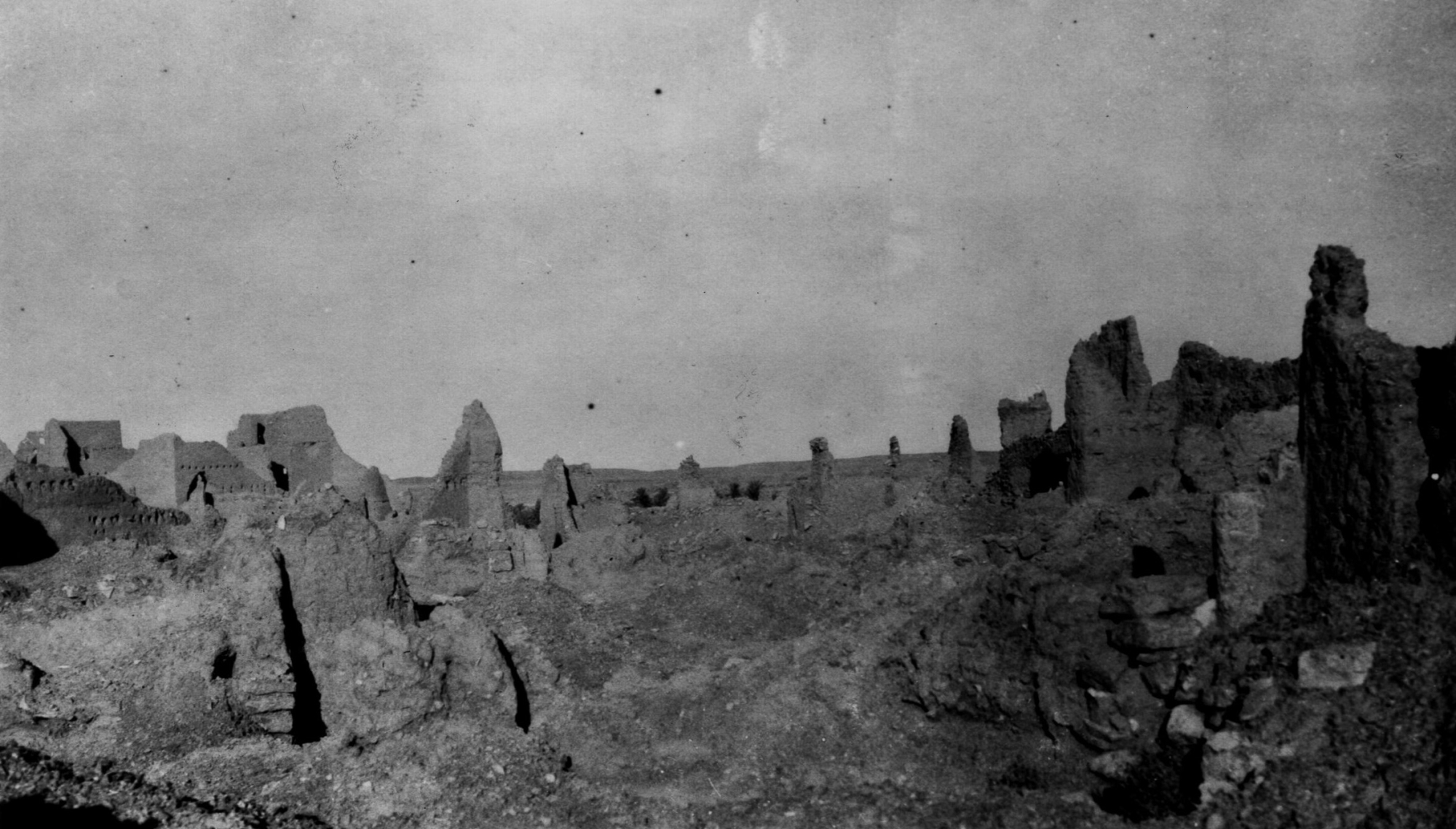
Rulers of the Second Saudi State
The Second Saudi State was ruled by Imam Turki Bin Abdullah Bin Mohammed Bin Saud, his son Faisal Bin Turki Bin Abdullah, and the sons of Imam Faisal, Abdullah Bin Faisal and Abdulrahman Bin Faisal, the last ruler of the Second Saudi State and the father of the founder of the Kingdom of Saudi Arabia, King Abdulaziz. The rulers of the Second Saudi State rebuilt the state after they expelled the garrisons of the Ottoman Empire.
Imam Turki Bin Abdullah
Imam Turki Bin Abdullah is a central figure in the Second Saudi State. He established it in 1824 and was the first to make Riyadh the capital of the Saudi State's rule after expelling the Ottomans from the region. He succeeded in reclaiming most of the territories that belonged to the First Saudi State for the new state. He sought to establish security and extend the state's influence to the various cities that were under the rule of the First Saudi State. Imam Turki Bin Abdullah obtained the allegiance of the provinces in succession.
Imam Turki Bin Abdullah took revenge for Prince Mishari Bin Saud from Ibn Muammar and his son after he had gathered supporters of the Saudi state from places like Duruma and Hail and directed them to Diriyah to arrest them.
After securing his authority, Imam Turki Bin Abdullah chose Riyadh as the capital of the state because of his thorough knowledge of the province and due to the scant population in Diriyah after the Ottomans destroyed it. He also wanted Diriyah to remain as a witness to bygone times and to history that tells the story of the First Saudi State.
On May 8, 1834, Imam Turki Bin Abdullah was assassinated by Ibrahim Bin Hamza Bin Mansour, under the order of Prince Mishari Bin Abdulrahman Bin Mishari Bin Saud. Prince Mishari remained in Riyadh for forty days until Imam Faisal bin Turki reclaimed it in 1834.
Imam Faisal Bin Turki
Imam Faisal Bin Turki Bin Abdullah is the second ruler of the Second Saudi State, the first Saudi ruler to hold power twice, and the son of the founder of the Second Saudi State. Born in 1789, Imam Faisal Bin Turki began his rule in 1834 by restoring the rule of his father, Imam Turki Bin Abdullah. He established the dominance of the Second Saudi State in most parts of the Arabian Peninsula, and his reign lasted thirty-two years. Imam Faisal Bin Turki died in 1865, and his son, Imam Abdullah Bin Faisal, succeeded him. Imam Faisal Bin Turki also sought to ensure the continuation of the unity of the Saudi State, which led the Ottomans to once again send the forces of Mohammed Ali Pasha to eliminate the Second Saudi State. Mohammed Ali Pasha's forces, led by Khursheed Pasha, headed towards Najd. Imam Faisal Bin Turki sensed a trap and decided to leave for al-Madinah al-Munawarah, seeking to protect the safety of his people and prevent bloodshed. However, he was captured and sent to Egypt, where he was imprisoned. Nevertheless, he managed to escape from Egypt and return to Najd after Mohammed Ali's forces withdrew.
Imam Faisal Bin Turki managed to escape from Egypt in 1843. He headed towards Hail and from there, he moved to Qassim Province, which later came under his control. Imam Faisal continued his march towards Riyadh, achieving consecutive victories until he reached it and took over the governance.
During this period, the state's institutions were rebuilt economically, politically, and socially, and its borders expanded in numerous directions. Imam Faisal continued to rule the state until his death on December 9, 1865.
Imam Abdullah Bin Faisal
He is the third Imam of the Second Saudi State (the seventh Imam of the Saudi State) and assumed command of the army under his father, Imam Faisal Bin Turki, serving as his right-hand man. After his father's demise in 1865, he ascended to power and carried forward his father's legacy. He constructed al-Masmak Palace in Riyadh, which he designated as the seat of governance and his personal residence. Throughout his reign, he faced various challenges, which he steadfastly confronted to uphold the state and its stability. He continued to rule until his death in Riyadh in 1889.
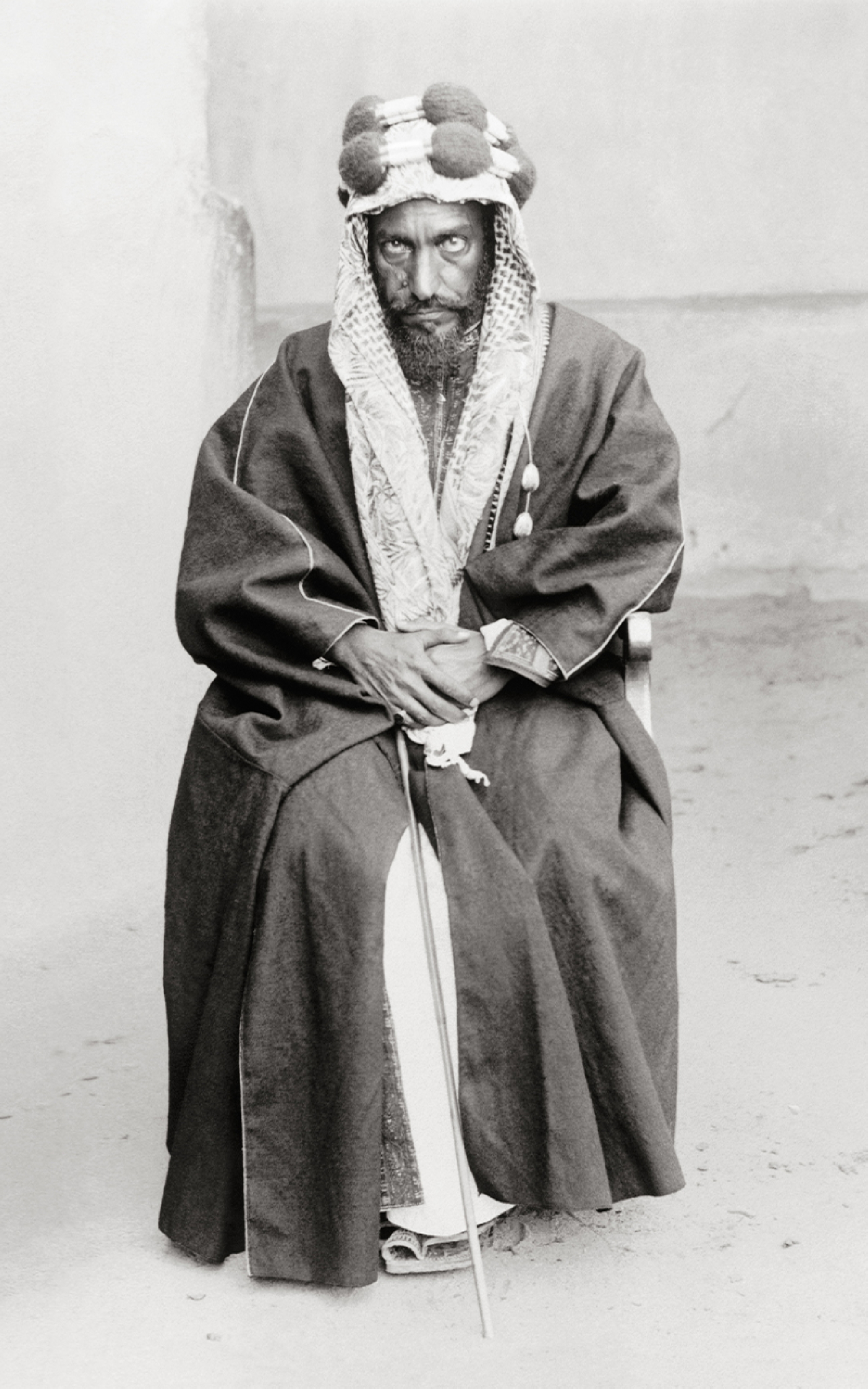
Imam Abdulrahman Bin Faisal
Imam Abdulrahman Bin Faisal Bin Turki is the last ruler of the Second Saudi State, the grandson of its founder Imam Turki Bin Abdullah, and the youngest son of Imam Faisal Bin Turki. His father died when he was fourteen years old, and he outlived him by sixty-four years.
Imam Abdulrahman Bin Faisal was born in 1851 and died in 1928. Imam Abdulrahman Bin Faisal is the only Imam in both the First and Second Saudi States who has a real photograph, which is preserved in the French archives and dates back to 1902.
The reign of Imam Abdulrahman Bin Faisal lasted for two years, starting in 1889 and ending in 1891. During the reign of his brother, Imam Abdullah Bin Faisal, he served as acting ruler for a short period.
Contributions of Imam Abdulrahman Bin Faisal
After the end of Imam Abdulrahman Bin Faisal's rule, he chose to distance himself from the political and tribal complexities of the Najd region following the fall of the Second Saudi State in 1891. He relocated his family to the eastern region of the Arabian Peninsula to evade the influence and interference of the Ottoman Empire's proxies. This move was also motivated by the presence of tribes allied with Al Saud and antagonistic towards their adversaries. On the other hand, Imam Abdulrahman contributed to the establishment of the modern-day Third Saudi State (the Kingdom of Saudi Arabia) and succeeded in recapturing the territories ruled by the First Saudi State.
Imam Abdulrahman bin Faisal relinquished power to his son Abdulaziz in Riyadh, marking the first instance in the history of the Saudi State where a father witnessed his son's rule as an Imam. As a condition for accepting his father’s abdication, King Abdulaziz requested that the ultimate authority on critical matters be retained by Imam Abdulrahman bin Faisal.
During his son Abdulaziz Bin Abdulrahman Al Saud's battles with the armies of Ibn Rashid, Imam Abdulrahman Bin Faisal undertook the responsibility of protecting Riyadh. He was able to deter forces that tried to exploit the king's absence from Riyadh, forcing them to retreat with their nearly four thousand fighters.
Imam Abdulrahman Bin Faisal and his son, King Abdulaziz, participated in devising war plans and battles to reclaim the territories of the First Saudi State. He contributed his expertise and political connections to establishing the rule of the Kingdom. He passed away in June 1928, at the age of seventy-eight.
Borders of the Second Saudi State
Imam Turki Bin Abdullah benefited from the capabilities of the First Saudi State in establishing the new state in Riyadh and relied on the loyalty of nomadic peoples to the Saudi State. The borders of the Second Saudi State stretched from Wadi as-Sirhan in the north to Najran in the south, and from the Hejaz boundary in the west to the Arabian Gulf and Sea of Oman in the east.
Fall of the Second Saudi State
Imam Abdullah and his brother, Imam Abdulrahman, the two sons of Faisal Bin Turki, returned to Riyadh. Abdullah died two days later, and Imam Abdulrahman Bin Faisal Bin Turki assumed power. He swiftly ordered the arrest of the ruler appointed by Ibn Rashid. This action prompted Ibn Rashid to lead an army in 1890 and besiege them in Riyadh. An agreement was reached with a negotiating delegation that Ibn Rashid would withdraw and the prisoners would be released on the condition of conceding authority over Riyadh and the territories of al-Arid, al-Mahmal, al-Washm, al-Kharj, al-Houta, al-Hariq, al-Aflaj, and Wadi ad-Dawasir within the borders of the Saudi State led by Imam Abdulrahman Bin Faisal Bin Turki.
The disagreement among the sons of Imam Faisal Bin Turki resulted in the downfall of the Second Saudi State. This occurred during a period of confrontation with various opposing forces, notably the Ottoman Empire, which utilized and supported Al Humaid, the rulers of Hejaz, and Al Rashid, against the Second Saudi State until its end in 1891.
Imam Abdulrahman Bin Faisal Bin Turki recaptured Riyadh and al-Kharj in 1891, but his forces suffered a setback in Huraymila. Meanwhile, Ibn Rashid marched to Riyadh, demolished its walls, and appointed Mohammed Bin Faisal as its governor, thus ending the second term of Imam Abdulrahman Bin Faisal Bin Turki’s rule, which began in 1889 and lasted until 1891, marking the end of the Second Saudi State.
Related quizzes

